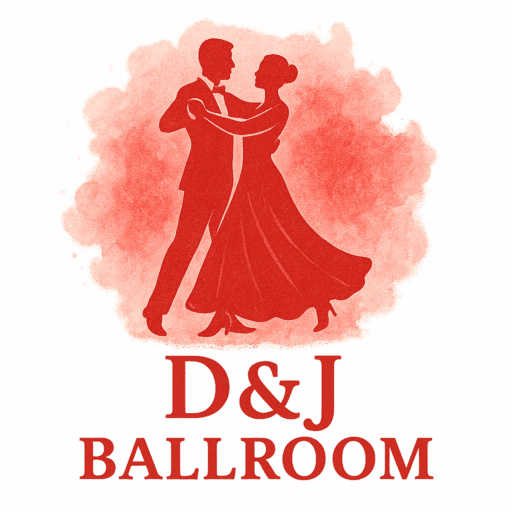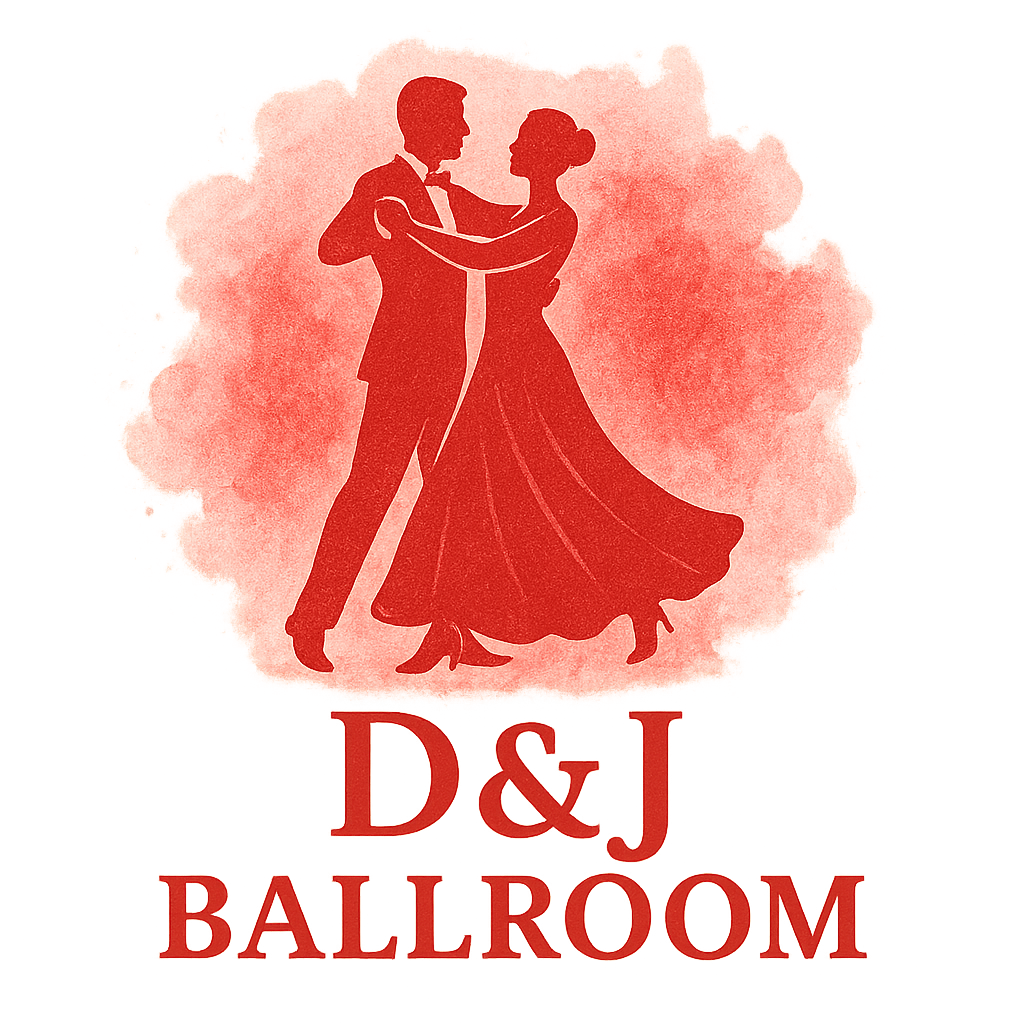Introduction: Why Solo Drills Matter in Ballroom Dancing
Have you ever wanted to practice ballroom dancing but didn’t have a partner available? You’re not alone. Many dancers face this challenge—but the good news is that you can still make incredible progress by practicing solo ballroom technique drills.
Ballroom dance has a rich history and culture of refinement, discipline, and elegance. But behind every graceful waltz and fiery tango lies hours of solo work. Think of solo drills as your secret training ground—they build muscle memory, sharpen your technique, and prepare you for the magic of dancing with a partner.
Benefits of Practicing Ballroom Drills Without a Partner
Building Muscle Memory
By repeating steps solo, your body learns to move naturally without overthinking. This makes partnering smoother and more enjoyable. According to ballroom technique training, drilling basics is what transforms beginners into polished dancers.
Improving Posture and Balance
Practicing alone forces you to hold yourself correctly without relying on a partner’s frame. Over time, this strengthens your balance and elegance on the floor.
Boosting Confidence on the Dance Floor
When you’ve already mastered moves on your own, you step into ballroom events and competitions with confidence. Instead of worrying about basics, you can focus on artistry and connection.
How to Structure Your Solo Ballroom Practice
Setting a Clear Intention
Don’t just move aimlessly—decide if today’s focus is on posture, rhythm, or specific ballroom dance styles. Having a plan makes your practice efficient and rewarding.

Timing and Consistency
Short, daily practices are more effective than long, infrequent ones. Even 20 minutes daily builds stronger habits than two hours once a week.
Using Music and Rhythm Effectively
Pick music that matches the dance you’re practicing. For example, use a slow waltz to refine rise and fall or a fiery cha-cha to test your speed. Training with music connects you to the heartbeat of ballroom.
11 Solo Ballroom Technique Drills Without a Partner
1. Posture Alignment Drill
How to Do It
Stand tall with your shoulders relaxed, chest lifted, and core engaged. Imagine a string pulling your head upward. Walk slowly across the floor, holding this posture throughout.
Why It Works
Posture is the foundation of every ballroom style, from Waltz to Tango. If you master alignment now, you’ll always look poised and balanced.
2. Frame Stability Drill
Practice holding your arms in proper dance frame—elbows lifted, shoulders down, and chest open. Walk around the room, maintaining your frame even when changing direction.
This drill prepares you for the connection you’ll need in both smooth and Latin styles, even before working with a partner.
3. Footwork Precision Drill
Slowly practice fundamental steps like the waltz box or rumba walks. Focus on heel-toe placement, weight transfer, and pointing toes. This is where elegance meets discipline.
For inspiration, explore the variety of ballroom dance styles that demand unique footwork techniques.
4. Rise and Fall Drill
The waltz and foxtrot are famous for their flowing rise and fall. Practice bending your knees (lowering), pushing through the feet (rising), and gently lowering again. Move slowly to feel each phase.
5. Cuban Motion Practice
For Latin styles like rumba and cha-cha, Cuban motion is essential. Keep your knees slightly bent, alternate bending and straightening, and let your hips naturally rotate.
This hip action is a hallmark of Latin ballroom culture and adds authenticity to your dancing.
6. Spot Turn Drill
Spot turns appear in many dances, from cha-cha to rumba. Keep your weight centered, turn on the balls of your feet, and control your balance with your core. Practicing solo makes you more confident when adding speed.
7. Balance and Core Engagement Drill
Stand on one leg while holding your dance posture. Extend your free leg and add arm styling to increase the challenge. This develops both balance and core stability—two essentials for advanced dancers.
8. Timing and Rhythm Clap Drill
Play ballroom music and clap out the rhythm:
- Waltz → 1, 2, 3
- Cha-Cha → 2, 3, 4&1
- Tango → Slow, Slow, Quick, Quick, Slow
This fun drill sharpens your musical ear and prevents timing mistakes during competitions.
9. Arm Styling and Expression Drill
Arms bring artistry to your dancing. Practice flowing arm movements with music, imagining you’re on stage. Explore dramatic lines for tango or soft waves for waltz.
For more inspiration, check out ballroom attire and fashion—because styling is about more than arms; it’s the whole presentation.
10. Floorcraft Visualization Drill
Imagine being on a crowded competition floor. Walk through your choreography, practicing how to gracefully change direction to avoid “collisions.” This builds awareness and adaptability.
11. Endurance and Flow Drill
Choose a short sequence of steps and dance continuously for three to five minutes. The goal is to maintain flow, stamina, and musicality without stopping. This prepares you for long rounds in ballroom competitions.
Common Mistakes to Avoid in Solo Ballroom Drills
Practicing Without Focus
Repeating movements mindlessly won’t help. Always know what you’re working on—frame, timing, or styling.
Ignoring Proper Warm-Up
Ballroom uses large muscles. Skipping warm-ups risks injury. Stretch and loosen up before drills.
Rushing Through Movements
Don’t sacrifice quality for speed. Precision is always more valuable than rushing.
Tips to Maximize Your Ballroom Solo Training
Record and Review Yourself
Use your phone to record drills. You’ll spot posture issues or footwork mistakes you didn’t feel in real time.
Practice with Different Tempos
Slow music refines control, while fast music tests stamina and accuracy.
Combine Drills into Short Routines
Link drills together into mini-dances to keep practice fun. For example, combine posture, Cuban motion, and arm styling into a short rumba routine.
Conclusion
Practicing solo ballroom technique drills without a partner is one of the smartest ways to improve as a dancer. From posture to timing, every drill strengthens your foundation and prepares you for success on the dance floor. Whether you dream of dancing socially or stepping onto the stage at ballroom competitions, these solo sessions are your secret advantage.
FAQs
Can I become a great ballroom dancer practicing solo?
Yes! Many professionals spend hours on solo drills to polish their technique before partnering.
How often should I practice ballroom drills without a partner?
Aim for 20–30 minutes daily. Consistency matters more than duration.
Do professionals still practice solo ballroom drills?
Absolutely. Even top dancers drill basics daily—it’s what keeps them sharp.
How long should a solo drill session last?
Anywhere from 20 minutes to an hour, depending on your goals and energy.
What’s the best drill to start with as a beginner?
Start with posture alignment—it’s the backbone of all ballroom dancing.
Can solo drills improve competition performance?
Yes, they prepare you for the stamina, precision, and artistry needed in competitions.
How do I stay motivated practicing alone?
Set small goals, track your progress, and use upbeat ballroom music to keep things fun.


